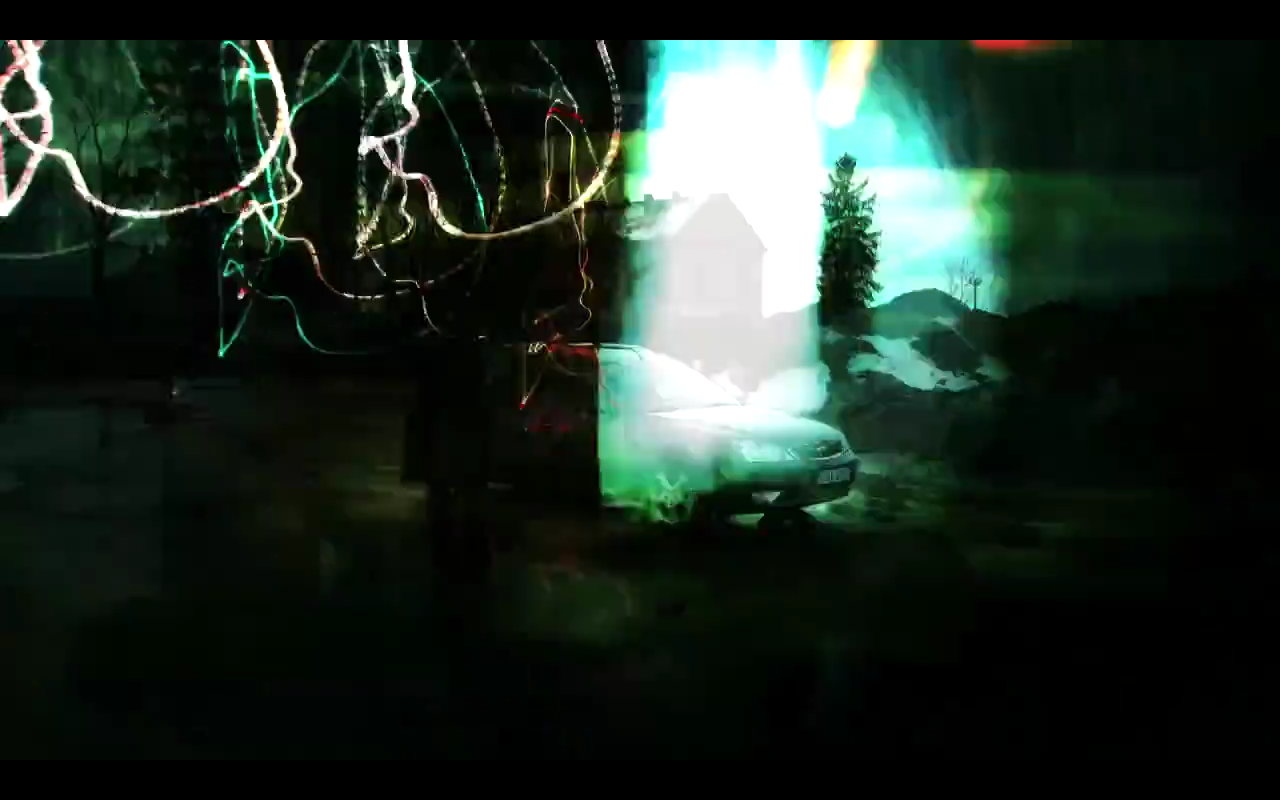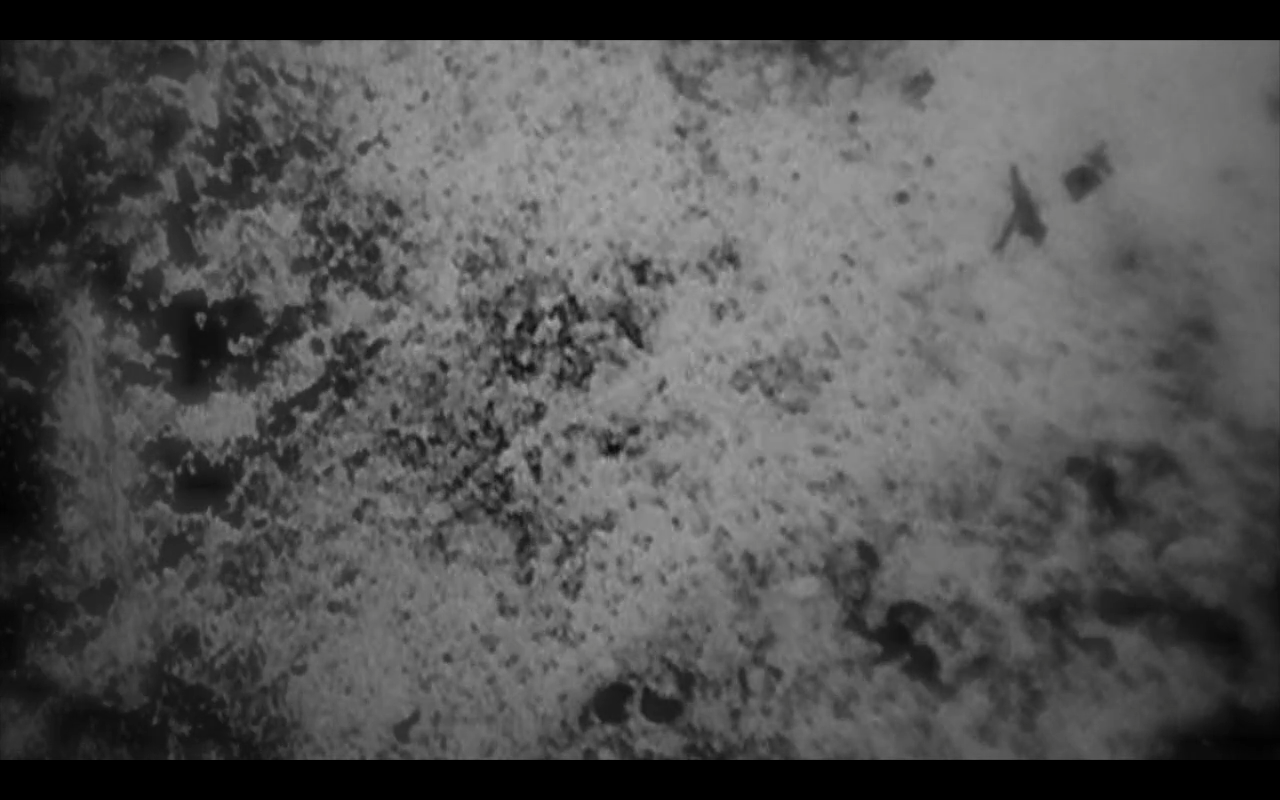Concerning its commercial cinema, Canada has been defined by a struggle against Hollywood’s monopolistic control over North America’s entertainment industry (Handling et al.). Undoubtedly, Hollywood’s stranglehold on Canada, which is still “considered part of the [US] studios’ domestic market,” (Vlessing) persists today. Indeed, much of the Canadian production network is geared towards serving US interests. As Kelly Nestruck points out, “generous government subsidies [and] a low Canadian dollar means that American film producers frequently [shoot] north of the [border] as a way to cut costs,” with Hollywood “outsourc[ing] no fewer than 1500 film and television productions” to Canada from 1996 to 2006 (Epstein). Writing in 2015, Simon Houpt observed that “the [domestic] market share of English-language Canadian [films] hovers [between] 1 per cent to 1.5 per cent […] of total ticket sales,” translating into an annual box-office gross of only $16.3m Canadian ($12.4m US).
On the other hand, Canada’s contemporary, non-narrative experimental film scene tells a different story. The Canadian avant-garde constitutes a world-leading example of how artists’ groups, cultural institutions and government initiatives might come together to create a sturdy and sustainable framework for the production and dissemination of non-commercial film. Vancouver-based media artist and founding member of the Iris Film Collective Alex Mackenzie has noted the central role public and government funding bodies have played in enabling the “vitality of the Canadian scene,” and how a network of “artist-run film labs and co-operatives [have facilitated] cross-pollination, […] screening opportunities” and a solid foundation lacking in Canada’s commercial sphere.
Celebrating the breadth of Canada’s funding structure, Canada Council for the Arts’s Senior Strategic Advisor, Claude Schryer states that independent artists can “seek support from the federal and provincial level as well as from many cities”, such as the Toronto Arts Council or the Ontario Arts Council. An essential aspect of Canada’s funding network, the Canada Council contributed $40.5m in grants to 2,305 individual artists and $158.3m to 1,898 arts organisations in 2017-2018 alone, with this figure set to double by 2021 (“Annual Report”). Their current agenda, as CEO Simon Brault suggests, is the promotion of “conciliation [and] justice […] at a time of deep cultural division,” and tackling key issues of “systemic racism and oppression [by] committ[ing] 25 per cent of its funds to […] previously unfunded entities” (Brault qtd. in Sandals). Indeed, out of its 4,203 grants awarded in 2017-2018, 1,287 went to first-time recipients (“Annual Report”).
Regarding the films themselves, much of the experimental film work being produced in Canada tackles the ecological and more-than-human ethical issues looming large in our current era of environmental crises, with Izabella Pruska-Oldenhof, co-founder of Toronto’s Loop Collective, and Stephen Broomer, Kelly Egan, Ty Tekatch, Erika Loic, and Daïchi Saïto, co-founders of Montreal’s Double Negative Collective, being key figures. Not only are the films contemporary in a temporal sense, then, but they address the urgent challenges of a warming world. Mackenzie states his work interrogates the division between nature and culture, whilst the agency of the non-human world is a concern in the films of Dan Browne, a member of the Loop Collective, whose practice is grounded in marshalling “transformation[s] of perception that might establish […] more integrated relationships [between humans and] the world” (Browne qtd. in Hinojosa). Indeed, in Browne’s memento mori (2012) (Fig. 1), images of trees and water, and a creaturely soundtrack comprising bird calls and whale song adopt a new set of meanings within the context of Browne’s “anxieties regarding the destruction of our planetary ecosystems,” with memento mori intended as “an archive of aspects of our world that is slipping away, preserved [herein] as an echo” (Browne qtd. in Rostron).

Fig. 1
Regarding Mackenzie’s work, a number of these concerns crystallize in agar-agar (2017). In this film, Mackenzie captures images of a failed personal experiment in creating a vegan film emulsion using agar-agar, a jelly-like compound obtained from algae, instead of animal gelatin, the standard bonding agent used in film stock. Formally, agar-agar underscores the violent power dynamic that exists between humans and non-humans even before film representation has taken place, and which has framed analog cinema as part of a way of thinking in which the non-human animal functions as a resource instead of a being in possession of the basic right not to be harmed. The film consists of closeup shots of the original celluloid film strip, presenting an alien terrain of scarred landscapes formed by the clumping silver nitrate and extreme elemental exchange (Fig. 2). Here, agar-agar points to the constituent cellular relations that make one’s physical existence possible, thinking through a material lens to blur the boundaries between human and non-human bodies. Like Browne, Mackenzie utilizes film form to shift perception, with agar-agar introducing the viewer to a realm of being that is otherwise invisible, though present nonetheless.
 Fig. 2
Fig. 2
Similarly, Aaron Zeghers, founder of the Winnipeg Underground Film Festival, frequently explores the violent dynamic that marks the relationship between humans and non-humans. In Living on the Edge (2013), for example, Zeghers intercuts photographs of animals in a zoo, taxidermy mounts, and pictures of animals represented in print (Fig. 3). Here, Zeghers points to the non-human animal’s liminal, interstitial existence, as well as the violence that is done to it in a variety of overlapping contexts. Indeed, the film’s title marks the non-human animal’s definitive vulnerability, and its physical occupation of threshold zones, such as the zoo, or the quasi-carceral space of the human home (as a pet). Formally, Living on the Edge works between static frame-by-frame cinematography and a frenetic, kinetic editing style, underscoring the mutable, mercurial structure of the non-human animal’s nature. Like Mackenzie, Zeghers’s film raises its inquiries along the axis of both form and content, drawing on an experimental vernacular to explore vital questions concerning the non-human animal’s worldly status.

Fig. 3
Institutionally, the beating heart of the contemporary Canadian avant-garde are the long-standing artist-run centres and artist-led collectives, a majority of which work together to promote broad, easy access to the exhibition of work. Organisations such as Trinity Square Video, Vtape, Vidéographe, and the 52-year-old Canadian Filmmakers Distribution Center underpin a stable distribution system that serves to preserve and disseminate artists’ film, media and video nationally and internationally. Vtape, founded in 1980 to “give greater visibility to video at a time when [support] was flagging,” (Vanderstoop) presently dispenses over 5,000 tapes, and the Distribution Centre distributes over 3,700 films, for example. Importantly, the Distribution Centre also functions as a publishing house, whilst Vtape disseminates a broad range of critical material through its open-access Research Centre, promoting a lively, informed appreciation of avant-garde work, old and new.
Additionally, a steady stream of resource sharing, human and otherwise, exists between these discrete institutions. Vtape co-founded the Centre for Aboriginal Media, the parent organisation of the imagineNative Film + Media Arts Festival, which is Canada’s largest showcase of Indigenous screen content, in 1999, indicating the intercultural and inter-institutional exchange central to the contemporary Canadian avant-garde. Indeed, a significant section of the Canadian avant-garde deals with diasporic experiences, and themes of interculturality. Alisi Telengut’s hand-painted film on the Kalmyk people, Nutag – Homeland (2016), which was part-funded by the National Film Board of Canada and is distributed by Vidéographe, marks this approach, as does Izabella Pruska-Oldenhof’s Echo (2008) and Ajla Odobasic’s Morning (2011), both of which have been screened by the Loop Collective and the Iris Film Collective; Cecelia Araneda’s What Comes Between (2009), Leslie Supnet’s In Still Time (2015), Solomon Nagler’s perhaps/We (2003), Isiah Medina’s 88:88 (2015), Isaac Goes and Masha Tupitsyn’s Journal (6.6.16 – 1.10.17) (2017) and Madi Piller’s Untitled, 1925 Part 2 (2016) also work through these important themes.
Certainly, Canada’s artist-led collectives provide a host of crucial functions that significantly contribute to the avant garde’s vitality. Crucially, Wapinoki Mobile, co-founded by the National Film Board of Canada, is a traveling studio that provides First Nations, Métis and Inuit youths with access to industry-grade film equipment, thereby facilitating the production and dissemination of Indigenous media in Canada and abroad, whilst Vancouver’s Iris Film Collective hosts regular, public-facing film workshops and screenings, “creat[ing], exhibit[ing], and tour[ing] works […] with the [primary] goal of increasing the visibility and accessibility of experimental media art” (Mackenzie). Similarly, the Winnipeg Film Group, directed by Greg Klymkiw, provides support to independent practitioners by loaning equipment at accessible rates and providing numerous opportunities for exhibition; other important cooperatives are LIFT (Toronto), Cineworks (Vancouver), AFCOOP (Halifax), and Mainfilm (Montreal). Likewise, Toronto’s Loop Collective programs and produces works for presentation in numerous contexts and communities; comprised of 12 artists, their works are regularly screened in Toronto, where they have firm connections with local institutions. Films by Loop affiliates are also well received internationally; Izabella Pruska-Oldenhof’s work has been shown in Seoul and France, for example, whilst Stephen Broomer’s has been exhibited in Brazil, the US, Cuba, Spain, and elsewhere.
On the work of his peers, Browne has argued for a recognition of recent films, “united in their uses of material decay to develop [an aesthetic] that resist[s] dominant modes of disembodied […] visual culture,” as marking a broader, contemporary Canadian renaissance, and a new approach to film practice. For Browne, this new aesthetic parallels his desire to promote new, more sustainable relationships between the human and the non-human world. Similar to Laura Marks’s The Skin of the Film (2000), this diverse film movement is concerned with derailing a sense of mastery between viewer and viewed in a way that can help to reconfigure one’s being in the world. Indeed, memento mori, whose 28-minute run-time comprises 128,000 discrete images, or, in other words, 78 images a second (Rostron), forecloses one’s ability to see or identify any single, distinct object, thereby introducing the viewer to new ways of seeing and thinking that are more compatible with a “being in harmony with the universe” (Browne qtd. in Hinojosa).
In the contemporary Canadian avant garde, one sees an interconnected group of artists committed to engaging with the most anxiety-provoking questions of our time, as well as a broad, supportive context that enables them to carry out this work. That said, most remarkable is the emergence of a new approach to non-narrative filmmaking whose production and exhibition, and content and form, is anchored in a search for a more radical ontology and ethics under the sign of the Anthropocene. The Canadian avant-garde offer new filmic frameworks for promoting a more empathetic relation between the human and the non-human capable of helping to address the ecological emergency of the contemporary moment.
References
Browne, Dan. Personal correspondence. 4 Feb. 2019. Email.
Canada. Canada Council for the Arts. Annual Report: 2017-2018. 15 Apr. 2018. Web. 20 Feb. 2019.
Epstein, Edward Jay. “Why are so many movies shot in Canada?” Slate. 13 Feb. 2006. Web. 19 Feb. 2019.
Handling, Piers, et al. “History of the Canadian Film Industry.” The Canadian Encyclopedia. 10 Jan. 2012. Web. 18 Feb. 2019.
Houpt, Simon. “What is wrong with the Canadian film industry?” The Globe and Mail. 4 Sep. 2015. Web. 18 Feb. 2019.
Hinojosa, José Sarmiento. “Dan Browne: Cinema Provides a Focus for Exploring the World and My Relation to it.” Desistfilm. 24 May 2018. Web. 26 Feb. 2019.
Klymkiw, Greg. Personal correspondence. 19 Feb. 2019. Email.
Mackenzie, Alex. Personal correspondence. 20 Feb. 2019. Email.
Marks, Laura. The Skin of the Film: Intercultural Cinema, Embodiment, and the Senses. Durham: Duke University Press, 2000. Print.
Nestruck, Kelly. “Set in the US, filmed in Canada, fed up in Hollywood.” The Guardian. 1 Nov. 2007. Web. 19 Feb. 2019.
Rostron, Edwin. “Dan Browne.” Edge of Frame. 15 Oct. 2016. Web. 25 Feb. 2019.
Sandals, Leah. “Canada Council Head Promises “New Era” in Arts Funding.” Canadianart. 14 Nov. 2016. Web. 19 Feb. 2019.
Schryer, Claude. Personal correspondence. 11 Feb. 2019. Email.
Vanderstoop, Wanda. Personal correspondence. 20 Feb. 2019. Email.
Vlessing, Etan. “Canada Box Office: Revenue Rises to $699M in 2015.” The Hollywood Reporter. 8 Jan. 2016. Web. 20 Feb. 2019.
Written by Christian Dymond (2019); Queen Mary, University of London
This article may be used free of charge. Please obtain permission before redistributing. Selling without prior written consent is prohibited. In all cases this notice must remain intact.
 Print This Post
Print This Post

